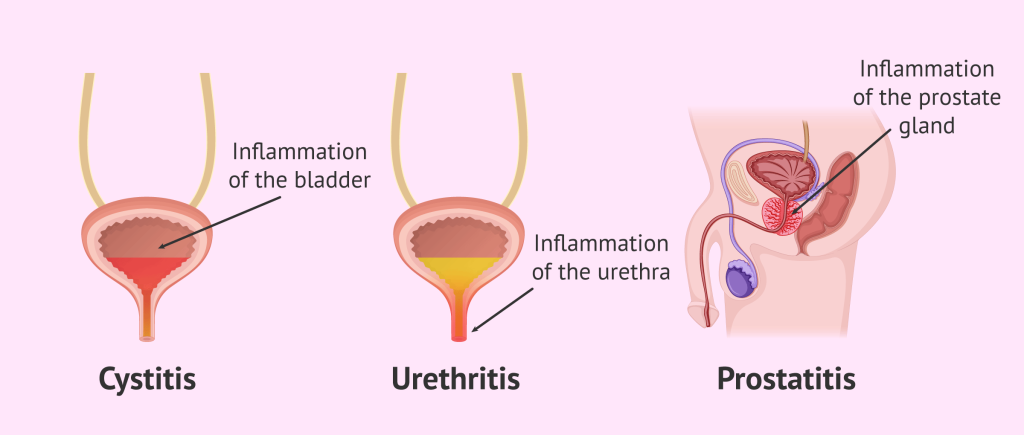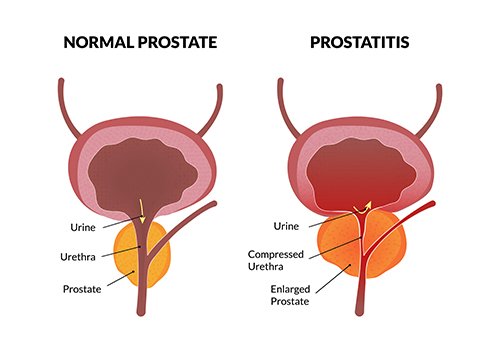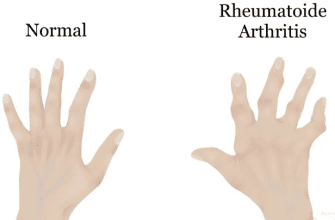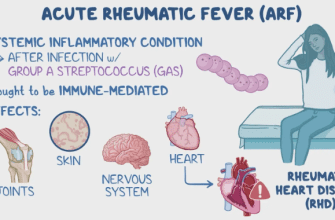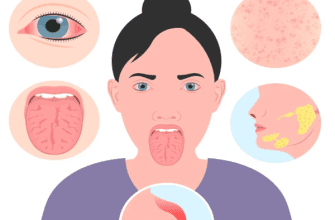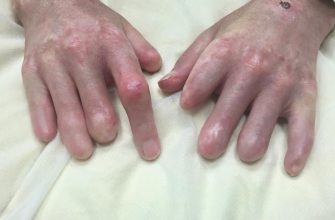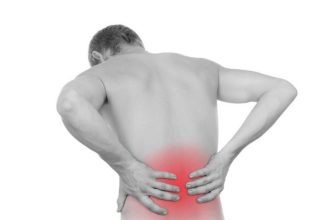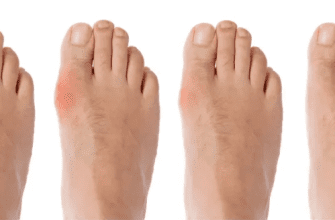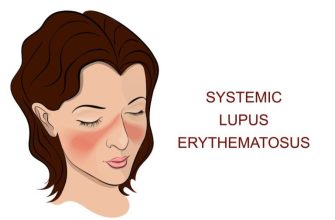What is this?
Prostatitis is inflammation of the prostate, which is a small gland found below the bladder in men.
Types of Prostatitis
Acute bacterial prostatitis.
Your urinary tract is made up of your kidneys, bladder, the tubes that pass between them (ureters), and the urethra. If bacteria from the urinary tract find their way into your prostate, you can get an infection. Acute bacterial prostatitis is a severe condition.
Chronic bacterial prostatitis.
This is a milder bacterial infection that can linger for several months. It’s more common to get it if you’ve had acute bacterial prostatitis.
Chronic pelvic pain syndrome (CP/CPPS).
This is the most common type of prostatitis. It’s similar to chronic bacterial prostatitis, but it’s not caused by bacterial infection.
Asymptomatic prostatitis.
Men who have this type of prostatitis have an inflamed prostate but no symptoms. You may only learn you have it if your doctor does a blood test that checks your prostate health. Asymptomatic prostatitis isn’t an infection, and you don’t need any treatment.
What Causes Prostatitis?
Acute and chronic bacterial prostatitis. Acute and chronic bacterial prostatitis happen due to a bacterial infection of your prostate. Bacteria can get into your prostate when you:
- Have a bladder infection
- Have bladder stones
- Have prostate stones
- Have a sexually transmitted infection (STI)
- Have a urinary tract infection (UTI)
- Use a tube that drains urine from your bladder called a urinary catheter
- Have a pelvic injury
Chronic pelvic pain syndrome (CPPS). This type of prostatitis isn’t well understood. Researchers are unsure why it happens, but they think some type of microorganism, aside from bacteria, may be to blame. Factors that are tied to chronic prostatitis include:
- Chemicals in the urine
- The immune system responding to a previous (UTI)
- Nerve damage in the pelvic area
- Damage to the pelvic floor
- Stress
- Autoimmune conditions, in which your immune system mistakenly attacks healthy tissues
Risk Factors
You’re more likely to have prostatitis if:
- You have a history of frequent UTIs or bladder infections
- You’ve had prostatitis before
- You’ve had a pelvic injury
- You use a urinary catheter
- You’re older than 50 and have an enlarged prostate
Symptoms
Acute bacterial prostatitis symptoms
- Trouble peeing
- Urgent need to pee but only a little comes out, or you have to get to the toilet quickly to prevent an accident
- Urinary blockage (difficulty peeing or a weak urine stream)
- Peeing often in the night
- Cloudy urine
- Burning or pain while peeing
- High fever
- Chills
- Body aches
- Nausea and vomiting
- Pain around the base of your penis or behind your scrotum
As this is a severe condition, get medical care right away if you notice any of these symptoms.
Chronic bacterial prostatitis symptoms
- An urgent need to pee, often in the middle of the night
- Painful urination
- Pain when you ejaculate (release semen at orgasm)
- Pain in the genitals, groin, or lower belly
- A “heavy” feeling behind your scrotum
- Urinary blockage (difficulty peeing or a weak urine stream)
Chronic pelvic pain syndrome (CPPS) symptoms
The main symptom of CPPS is pain that lasts more than 3 months in at least one of these body parts:
- Penis (often at the tip)
- Scrotum
- Between your scrotum and rectum (the perineum)
- Lower abdomen
Other symptoms include:
- Pain when you pee or ejaculate
- Frequent or urgent peeing
- A weak pee stream
Diagnosis
- Digital rectal exam.
- Urine test.
- Blood test.
- Prostatic specimen test.
Treatment
- Antibiotics. Fluoroquinolones are a go-to treatment for chronic bacterial prostatitis. The best antibiotics for you will depend on the results of a test that shows the type of bacteria you have. Your doctor will choose the most effective antibiotic for that type of bacteria.
- Over-the-counter pain relief. Your doctor may recommend medications such as acetaminophen (Tylenol) or ibuprofen (Advil).
- Pain medicine. Antidepressants or anti-seizure medications are just two types of medicine that can be used to treat long-term prostate pain.
- Supplements. Quercetin, a natural compound found in plants, has been shown to ease inflammation in some men who have prostatitis. A pollen extract called cernilton may also help. Talk to your doctor before trying any supplements or herbal remedies. They could make other medicines you’re taking not work as well.
- Medications that improve sexual function. If you have trouble getting or keeping an erection, your doctor can prescribe a medicine such as sildenafil (Viagra) to help.
- Urinary catheter. If you can’t pee, a nurse can insert a flexible tube into your urethra (the tube that removes urine from your body) to drain your bladder.
- Prostate massage. This helps empty fluid from your prostate ducts (tubes). Having it done two to three times a week could help. Frequent ejaculation may help just as much.
- Physical therapy. Sometimes, prostatitis is caused by a problem with your pelvic floor muscles. These support your bladder and bowel and help with sexual function. Your doctor may refer you to a physical therapist who can help you improve your strength and posture. They can also help you learn about habits you have that could be causing damage to your pelvic floor.
- Mental health therapy. Stress may play a part in some types of prostatitis. Talk to a mental health counselor. They can help you learn to control stress so you can feel better.
Lifestyle
- Watch your diet.
Foods to Eat
-Tomatoes
-Cruciferous vegetables
-Citrus fruits:
-Nuts
-Fish
-Berries
Foods to Avoid
-Dairy
-Red Meat
-Alcohol
-Sodium
-Caffeine:
- Be active when you can. Regular exercise may not only reduce your pain but also improve your outlook.
